#Louis IV of France
Explore tagged Tumblr posts
Text


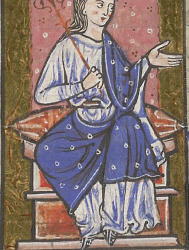







The Bastard Kings and their families
This is series of posts are complementary to this historical parallels post from the JON SNOW FORTNIGHT EVENT, and it's purpouse to discover the lives of medieval bastard kings, and the following posts are meant to collect portraits of those kings and their close relatives.
In many cases it's difficult to find contemporary art of their period, so some of the portrayals are subsequent.
1) Aethelstan I of England (894 – 939), son of Edward the Elder and his wife Ecgwynn
2) Edward the Elder (c. 874 –924), son of Alfred the Great and his wife Ealhswith
3) Æthelflæd of Mercia (c. 870 – 918), daughter of Alfred the Great and his wife Ealhswith
4) Eadgifu of Wessex (? - c. 951), daughter of Edward the Elder and his wife Ælfflæd; and her son with Charles III of France, Louis IV of France (920/921 – 954)
5) Edmund I of England (920/921 – 946), son of Edward the Elder and his wife Eadgifu of Kent
6) Eadwig I "All-Fair" of England (c. 940 – 959), son of Edmund I of England and his wife Ælfgifu of Shaftesbury
7) Edgar I of England (944 – 975), son of Edmund I of England and his wife Ælfgifu of Shaftesbury
8) Eadred I of England (c. 923 – 955), son of Edward the Elder and his wife Eadgifu of Kent
9) Eadburh of Winchester (921/924-951/953), daughter of Edward the Elder and his wife Eadgifu of Kent
10) Eadgyth of England (910–946), daughter of Edward the Elder and his wife Ælfflæd
#jonsnowfortnightevent2023#canonjonsnow#day 10#echoes of the past#asoiaf#a song of ice and fire#historical parallels#medieval bastard kings#bastard kings and their families#aethelstan i of england#aethelstan of england#edward the elder#Æthelflæd#Lady of the Mercians#Eadgifu of Wessex#Louis IV of France#Edith of England#Eadred of England#Edmund I of England#Eadburh of Winchester#Eadwig All-Fair#Edgar of England#aethelflaed of mercia
21 notes
·
View notes
Link
King of France from 1305 to 1316, son of Philip IV and Joan I. Known as the Quarreling King, his reign was marked by financial difficulties and conflicts with nobles.
Link: Louis IV of France
0 notes
Photo

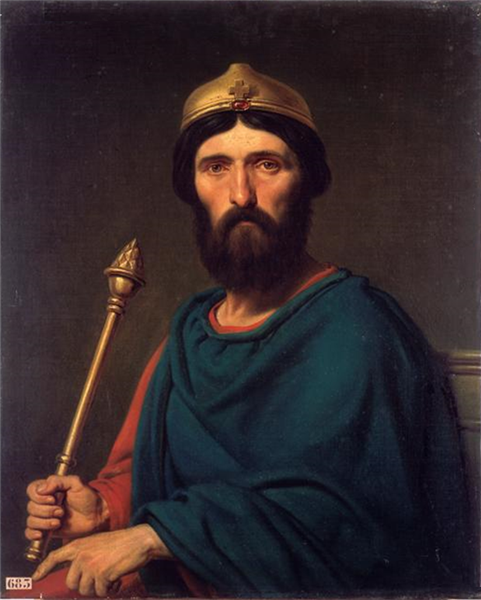
Home Alone dir. by Chris Columbus, written/prod. by John Hughes (1990) + Louis IV of France by Charles de Steuben
The English speaking peoples bring other preconditions to what we may call the people's will, the voting system, than, say, the French — the Latin peoples in general. The Latin peoples, especially the French, certainly carried out the revolution of the eighteenth century, but the French people today are more royal than any other. To be royal doesn't only mean to have a king at the top. Naturally a person whose head has been cut off cannot run around; but the French as a people are royal, imperialistic, without having a king. It has to do with the mood of soul. This “all are one” feeling, the national consciousness, is a real remnant of the Louis IV mentality.
—Rudolf Steiner, The History and Actuality of Imperialism: Lecture I
#Louis IV#Louis IV of France#anthroposophy#spiritual science#Charles de Steuben#John Hughes#Macaulay Culkin#Chris Columbus
1 note
·
View note
Text

TUDOR WEEK 2024
It is baaaaack by popular demand!. We are hosting Tudor Week 2024. This is going to be hosted from Monday the 14th of October to Sunday the 20th of October.
The week will go as follows:
Day 1 - Monday, 14th of October: Your Favourite Tudor (members of the family that were born Tudors). Day 2 - Tuesday, 15th of October: Favourite Tudor contemporary quote about or said by the Tudor family. Day 3 - Wednesday, 16th of October: Best Tudor What If? Day 4 - Thursday, 17th of October: Fancast Your Favourite Tudor Family Member. Day 5 - Friday, 18th of October: Favourite Tudor Iconography (e.g. Tudor Rose, Anne Boleyn's falcon, Jane Seymour's Phoenix). Day 6 - Saturday, 19th of October: Favourite Tudor Couple (could include unmarried couples, e.g., Elizabeth I and Robert Dudley). Day 7 - Sunday, 20th of October: Favourite Tudor-related location.
This can cover all events and media that a Tudor family member is present, so from Owen Tudor to Elizabeth Tudor, and may include spouses and acknowledged children of direct members of the Tudor family (if unsure who we cover please check our Family page). We have attempted to make it as broad as possible and no pressure if you are late with some of the days, we will still reblog.
Previous Years: 2021, 2022, 2023
Be sure to tag your posts TudorWeek2024 and DailyTudors, looking forward to seeing your posts!
The Team at DailyTudors
#tudorweek2024#henry vii#henry viii#edward vi#mary i#elizabeth i#owen tudor#catherine de'valois#edmund tudor#margaret beaufort#jasper tudor#catherine woodville#elizabeth of york#arthur prince of wales#katherine of aragon#margaret queen of scotland#james iv of scotland#archibald douglas#henry stuart#anne boleyn#jane seymour#anne of cleves#kathryn howard#catherine parr#mary queen of france#louis xii#charles brandon#henry fitzroy#announcement
156 notes
·
View notes
Text
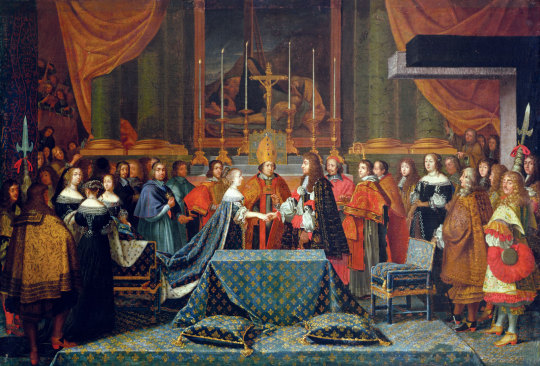
Marriage of Louis XIV and Maria Theresa of Austria, 9th June 1660
Artist: Jacques Laumosnier (French, c. 1669 - c. 1744)
Date: 17th century
Medium: Oil on canvas
Collection: Tessé Museum, Le Mans, France
#painting#ceremony#marriage#wedding#oil on canvas#fine art#genre art#louis iv#maria theresa of austria#french monarchy#french empire#interior scene#costume#king of france#table#chair#textiles#men#women#pillows#drapery#candlesticks#candles#french history#jacques laumosnier#french painter#french culture#17th century painting#artwork#european art
24 notes
·
View notes
Text
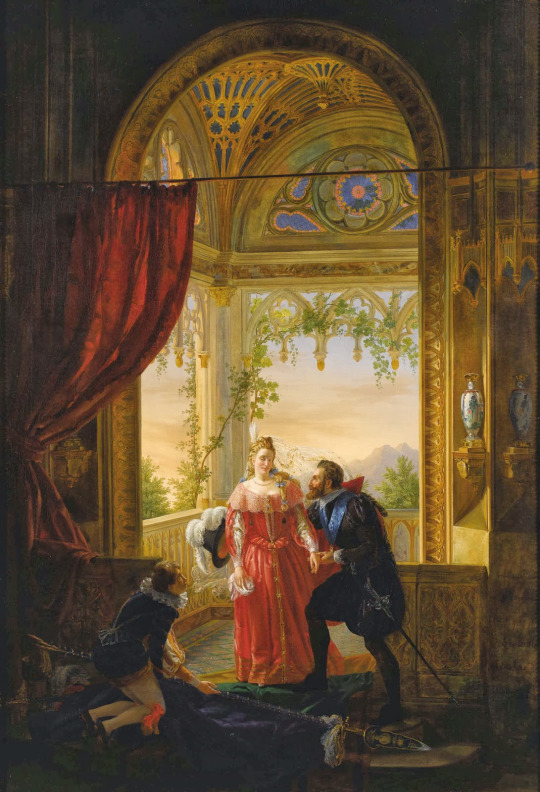
Henri IV with his Mistress by Louis-Nicolas Lemasle
#henri iv#art#louis nicolas lemasle#henry iv#king#france#french#henry of navarre#captured#flags#flag#standard#battle of coutras#troubadour#europe#european#history#diane d'andoins#countess of gramont#comtesse de gramont#architecture#countess de gramount#henry iii#navarre#henri iii#french religious wars#royal#huguenots#huguenot#royalty
73 notes
·
View notes
Text


Louis Feuillade, {1914} Fantômas IV: Fantômas contre Fantômas (Fantômas: Fantômas vs. Fantômas)
#film#gif#louis feuillade#Fantômas IV: Fantômas contre Fantômas#Fantômas#Fantômas contre Fantômas#fantomas#fantomas vs. fantomas#1914#silent cinema#series#silent film#people#1910s#feature length#france#male filmmakers
16 notes
·
View notes
Text
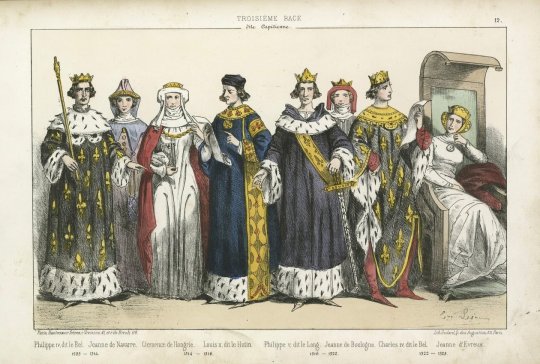
The last kings and queens of the Capetian dynasty.
#royaume de france#capétiens#vive le roi#vive la reine#Philippe IV le Bel#Jeanne Ire#reine de navarre#louis x#comte de champagne#Clémence de Hongrie#Philippe V le Long#Jeanne II de Bourgogne#charles iv le bel#Jeanne d'Évreux#engravings#royalty#les rois maudits#maurice druon#champagne#roi de navarre
12 notes
·
View notes
Text

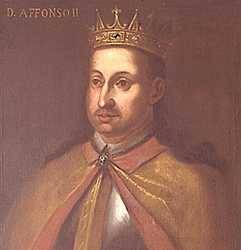
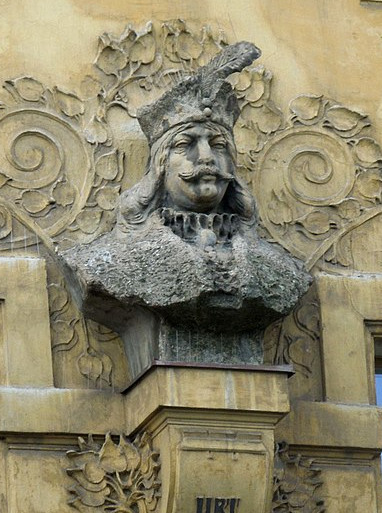

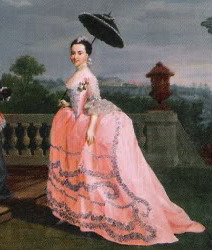





Royal Birthdays for today, April 23rd:
Malcolm IV, King of Scotland, 1141
Afonso II, King of Portugal, 1185
George of Poděbrady, King of Bohemia, 1420
Joan of France, Queen of France, 1464
Charlotte Amalie of Holstein-Plön, Duchess of Schleswig-Holstein-Sonderburg-Augustenburg, 1744
Aisha bint Al Hussein, Princess of Jordan, 1968
Zein bint Al Hussein, Princess of Jordan, 1968
Gabriella Kingston, Daughter of Prince Michael of Kent, 1981
Laetitia Maria of Belgium, Archduchess of Austria-Este, 2003
Louis of Wales, British Prince, 2018
#prince louis#Laetitia Maria of Belgium#Gabriella Kingston#Zein bint Al Hussein#Aisha bint Al Hussein#Charlotte Amalie of Holstein-Plön#joan of france#George of Poděbrady#afonso ii#malcolm iv#long live the queue#royal birthdays
18 notes
·
View notes
Text


Trompe-l’œil ft. Napoleon and Charles IV of Spain
1801
Laurent Dabos
Location: Marmottan Museum
A trompe-l’œil is a type of painting which creates an optical allusion which tricks the viewer into perceiving painted objects or spaces as real. This style of painting dates back to ancient times, but the term itself originated during the Napoleonic Era when it was first used by Louis-Léopold Boilly as the title of his 1800 painting.
#trompe-l'œil#Laurent Dabos#Traité Definitif de Paix#dabos#Napoleon#napoleon bonaparte#Charles IV#France#Spain#Musée Marmottan Monet#marmottan#louisiana#napoleonic#Louisiana purchase#history#trompe l’œil#french revolution#frev#Louis-Léopold Boilly#boilly#art history#history of art#historical art#painting#Paris
35 notes
·
View notes
Text
Louis XIV: "I yam ze Sun King, non?" 😁🌞
Edward IV: "Get thee stuffed, knave! I was SUN KING, first!" 😤🌼
#edward iv#edward iv of england#louis xiv#louis xiv of france#sun king#i know thats a daisy not the white rose of york#best i could do 🤷
5 notes
·
View notes
Text
Loyal brothers
The Capetian kings found their brothers no more difficult than their sons. The exceptions were the brothers of Henri I, Robert and Eudes, but thereafter the younger Capetians developed a tradition of loyalty to their elders. Robert of Dreux, the brother of Louis VII, who was the focus of a feudal revolt in 1149, was only a partial exception, for at that date the king was still in the East, and the real object of the hostility was the regent Suger. By contrast, Hugh of Vermandois was described by contemporaries as the coadjutor of his brother, Philip I. St Louis's brothers, Robert of Artois, Alphonse of Poitiers, and Charles of Anjou, never caused him any difficulties, and the same can be said of Peter of Alençon and Robert of Clermont in the reign of their brother Philip III. Even the disturbing Charles of Valois, with his designs on the crowns of Aragon and Constantinople, was always a faithful servant to his brother Philip the Fair, and to the latter's sons. The declaration which he made when on the point of invading Italy in the service of the Pope is revealing:
"As we propose to go to the aid of the Church of Rome and of our dear lord, the mighty prince Charles, by the grace of God King of Sicily, be it known to all men that, as soon as the necessities of the same Church and King shall be, with God's help, in such state that we may with safety leave them, we shall then return to our most dear lord and brother Philip, by the grace of God King of France, should he have need of us. And we promise loyally and in all good faith that we shall not undertake any expedition to Constantinople, unless it be at the desire and with the advice of our dear lord and brother. And should it happen that our dear lord and brother should go to war, or that he should have need of us for the service of his kingdom, we promise that we shall came to him, at his command, as speedily as may be possible, and in all fitting state, to do his will. In witness of which we have given these letters under our seal. Written at Saint-Ouen lès Saint-Denis, in the year of Grace one thousand and three hundred, on the Wednesday after Candlemas."
This absence of such sombre family tragedies as Shakespeare immortalised had a real importance. In a society always prone to anarchy the monarchy stood for a principle of order, even whilst its material and moral resources were still only slowly developing. Respectability and order in the royal family were prerequisites, if the dynasty was to establish itself securely.
Robert Fawtier - The Capetian Kings of France
#xii#xiii#xiv#robert fawtier#the capetian kings of france#henri i#robert i de bourgogne#louis vii#robert i de dreux#abbé suger#philippe i#hugues de vermandois#louis ix#robert i d'artois#alphonse de poitiers#charles i d'anjou#philippe iii#pierre d'alençon#robert de clermont#philippe iv#charles de valois
8 notes
·
View notes
Photo
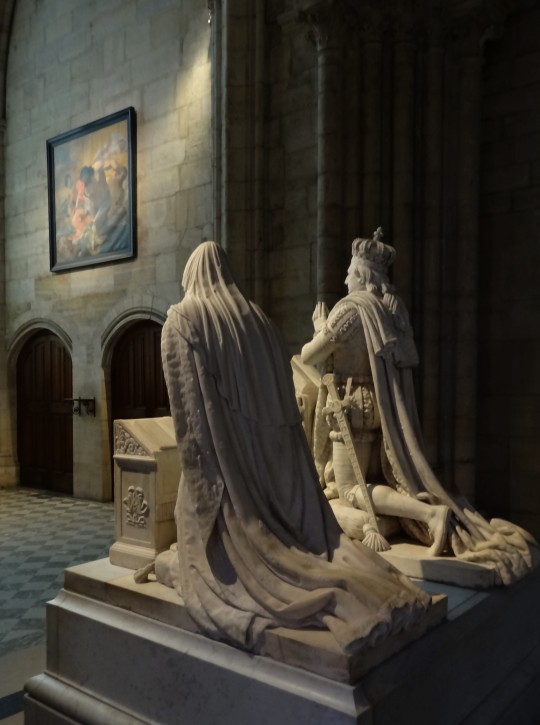




Je reviens à mon projet de présenter la plupart de mes 55000 photos (nouveau compte approximatif. On se rapproche du présent !).
2016. Une journée à Paris....et ici, un crochet à Saint-Denis pour visiter la Basilique, qui est aussi la nécropole royale.
- les 2 premières : priants de Louis XVI et Marie-Antoinette
- monument de cœur de François II
- gisants de Charles Martel, Clovis, Philippe IV le Bel (comme moi) et de Philippe III le Hardi (comme moi)
- gisant du connétable Louis de Sancerre
#souvenirs#paris#saint-denis#basilique de saint-denis#art gothique#médiéval#nécropole#nécropole royale#rois de france#priant#gisant#louis XVI#marie-antoinette#françois II#charles martel#clovis#philippe IV#philippe le bel#philippe III#phililppe le hardi#connétable#louis de sancerre#sancerre#connétable louis de sancerre
24 notes
·
View notes
Text


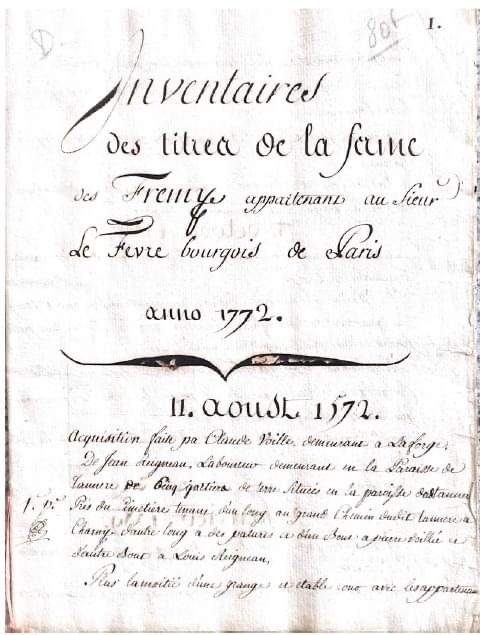
450 ans et pas une ride !!!
©️isabelle buffet
4 notes
·
View notes
Text
Updated Masterlist for Winter 2024-2025
Fluff
King Baldwin IV reaction to drunk reader
King Baldwin IV reaction to reader being injured by her brother in law
Waking up early morning with Baldwin
Baldwin and Salah ad Din's daughter
Baldwin teaching his son chess and reader admiring them slight angst
Reader being married to Baldwin since childhood sharing kiss after Battle of Montgisard
Reader being blackmailed to leave Baldwin
Baldwin celebrating Christmas with reader and his in-laws in modern world
Jealous Baldwin reaction to reader wearing bikini
Baldwin comforting wife!reader after difficult birth
King Baldwin IV x Reader : Tantalizing Love slight angst
Reader teaches Baldwin to cook whilst she is pregnant
Baldwin taking care of pregnant wife reader
King Baldwin IV proposes female reader
(Y/N) gets caught Baldwin IV trying to heal him
Modern Day Baldwin and (Y/N) meeting again after dreaming of each other
Baldwin IV celebrates (Y/N)'s Birthday
Headcanon
Being queen consort of Jerusalem
King Baldwin IV as lover, husband and father
King Baldwin IV being angry at reader
Angst
King Baldwin IV being unfaithful to reader Alternate ending 1 Alternate ending 2
King Baldwin IV has to annul his marriage with reader
Lost Cause
Baldwin choosing between woman and he loves and woman he has to marry
Baldwin reaction to wife!reader trying to cure him
King Baldwin IV being angry at reader Part 1 Part 2
King Baldwin IV reaction to female reader who is missing is actually dead New!
Christmas Eve Special New!
King Baldwin IV reaction to female reader taking revenge on him New!
Smut
King Baldwin IV x Reader: Throne Sex
King Baldwin IV x Reader : Misogyny Sex
King Baldwin IV x Reader : Period Sex
King Baldwin IV x Reader: Erotic Night
King Baldwin IV seducing shy physician reader
King Baldwin IV spending honeymoon night with reader
Reader asking Baldwin help for her lactating breasts
Baldwin and chubby wife!reader trying anal sex
King Baldwin IV x Small!Reader Smut : Size Kink
Baldwin IV and Salahuddin's daughter (y/n) having sex for first time before their first battle
Baldwin IV being pervert towards (Y/N)
Baldwin and Salahuddin
King Baldwin IV x Reader x Saladin Part 1 Part 2 Part 3New! smut
Widowed reader marries Salahuddin angst
Salahuddin
Reader spoils him and loves being near him
Horror
Spectral Descent
History
A letter from King Baldwin IV and Princess Sibylla of Jerusalem Source: https://epistolae.ctl.columbia.edu/letter/25233.html
King Baldwin IV of Jerusalem appearance-STUDY by MariaExe on DeviantArt.com Artist- MariaExe on DeviantArt
King Baldwin IV appearance based on historical painting Part 1 Part 2
A letter From King Baldwin IV of Jerusalem to King Louis VII of France Source: Bernhard Hamilton -The Leper King and his heirs
LETTER FROM KING BALDWIN IV TO THE ENVOYS WITH NEWS OF SALADIN RAVAGES NABLUS, SEBASTE, AND OTHER TOWNS
Source:https://goodshksk.space/product_details/13546547.html
A Letter of Condolence to King Baldwin IV from Saladin Source: https://advocatetanmoy.com/2023/10/14/saladins-condolence-letter-to-king-baldwin-iv-of-jerusalem/
Seal of King Baldwin IV of Jerusalem Source:https://numismatics.org/collection/1956.152.1
Medieval Heroes: Baldwin IV
Miscellaneous
Would Baldwin be attracted to chubby and short person
Would Baldwin be unfaithful historically
Salahuddin: The conqueror of Jerusalem series King Baldwin IV
Would Baldwin be obsessive or possessive
Would Baldwin be impotent and would he be able to have sexual relationship
Can Baldwin be able to have sexual relationship: Revised Version
Did Historical Baldwin wear a mask and dress like the movie Kingdom of Heaven
Blurbs
NSFW thoughts
As Life Fades Sibylla remembers Baldwin IV
#kingdom of heaven#kingdom of heaven 2005#kingdom of heaven fandom#kingdom of heaven fanfic#kingdom of heaven fanfiction#kingdom of heaven headcanons#baldwin iv#baldwin iv imagine#baldwin iv x reader#king baldwin iv#king baldwin x reader#leper king#lord saladin#lord saladin x reader
420 notes
·
View notes
Text

Exchange Of The Two Princesses Of France And Spain On The Bidassoa River In Hendaye
Artist: Peter Paul Rubens (Flemish, 1577 - 1640)
Date: 1615
Exchange of the Two princesses of France and Spain on the Bidassoa River in Hendaye is an Allegoric representation of the marriage between Anne of Austria and Louis XIII on one hand, and between Isabella of France (1602-1644) and Philip IV on the other.
#peter paul rubens#allegory#allegory painting#early 17th century#princess of france#princess of spain#bidassoa river#marriage#anne of austria#louis xiii#isabella of france#philip iv#flemish painter#early 17th century art
4 notes
·
View notes